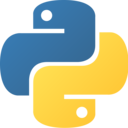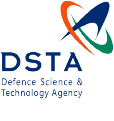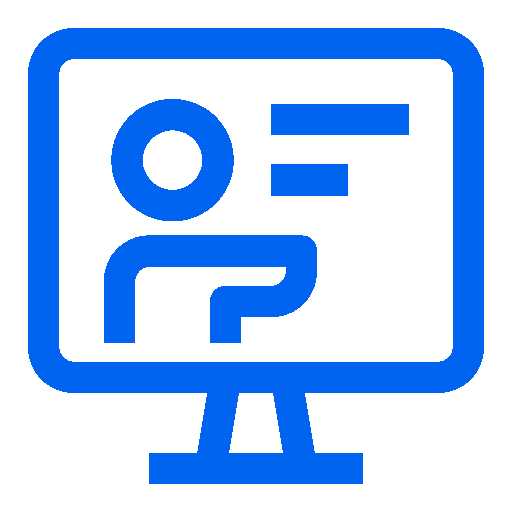Course Introduction
Our Python courses were designed by Tamara Shatar, who holds a PhD in Agricultural Data Science. She focused her extensive experience and skills in modelling using machine learning, simulation and other techniques to create a course with depth and applicability.
The course is consistently well-reviewed by students.
"Great trainer, structure, material and manual. I have completed programming courses before but this one just made more sense!" - Using R Beginner Sydney
Is Python compatible with Microsoft?
Python can be used within a number of Microsoft products. In Power BI, reusable Python scripts can be used to manipulate data and create visualisations. In Azure, machine learning models can be written in Python and trained and deployed within the Azure Machine Learning Workspace.
What is Remote Training?
Remote training at Nexacu means our experienced trainers will deliver your training virtually. With remote learning, students can access our usual classroom training courses via video conferencing, ask questions, participate in the discussion, and share their screen with the trainer if they need help at any point in the course. Students have the same level of participation and access to the trainer as they would in classroom training sessions.
Do I need to complete Python Beginner before taking this course?
Yes, we recommend completing our Python Beginner course first, or having equivalent knowledge. You should be familiar with Python syntax, working in JupyterLab, and using pandas DataFrames before enrolling in the Intermediate course.
What will I learn in Python Intermediate?
This course builds on the fundamentals and introduces more advanced techniques, including creating user-defined functions, lambda expressions, list comprehensions, handling missing data, conditional formatting with pandas styles, importing and manipulating datasets, and basic modelling with scikit-learn.
Will I learn to work with real-world datasets?
Yes. You’ll gain hands-on experience working with realistic datasets. You’ll practise importing data, cleaning and transforming it, exploring relationships using visualisations, and even building simple predictive models using scikit-learn.
What libraries are used in this course?
In addition to Python’s built-in functionality, the course uses key data science libraries including pandas, NumPy, Matplotlib, Seaborn, and scikit-learn. These are all commonly used in professional Python workflows.
Will I learn to create my own functions?
Absolutely. A key part of the course focuses on user-defined functions, including parameters, scope, *args and **kwargs, and lambda expressions. You’ll also explore how to write reusable and efficient code.
Do I need to install anything before class?
No. We’ll provide guidance on setting up your environment using Anaconda. If you’ve already completed our Beginner course, you’ll already have everything installed.

 Australia
Australia New Zealand
New Zealand
 Singapore
Singapore
 Hong Kong
Hong Kong
 Malaysia
Malaysia
 Philippines
Philippines
 Indonesia
Indonesia

























